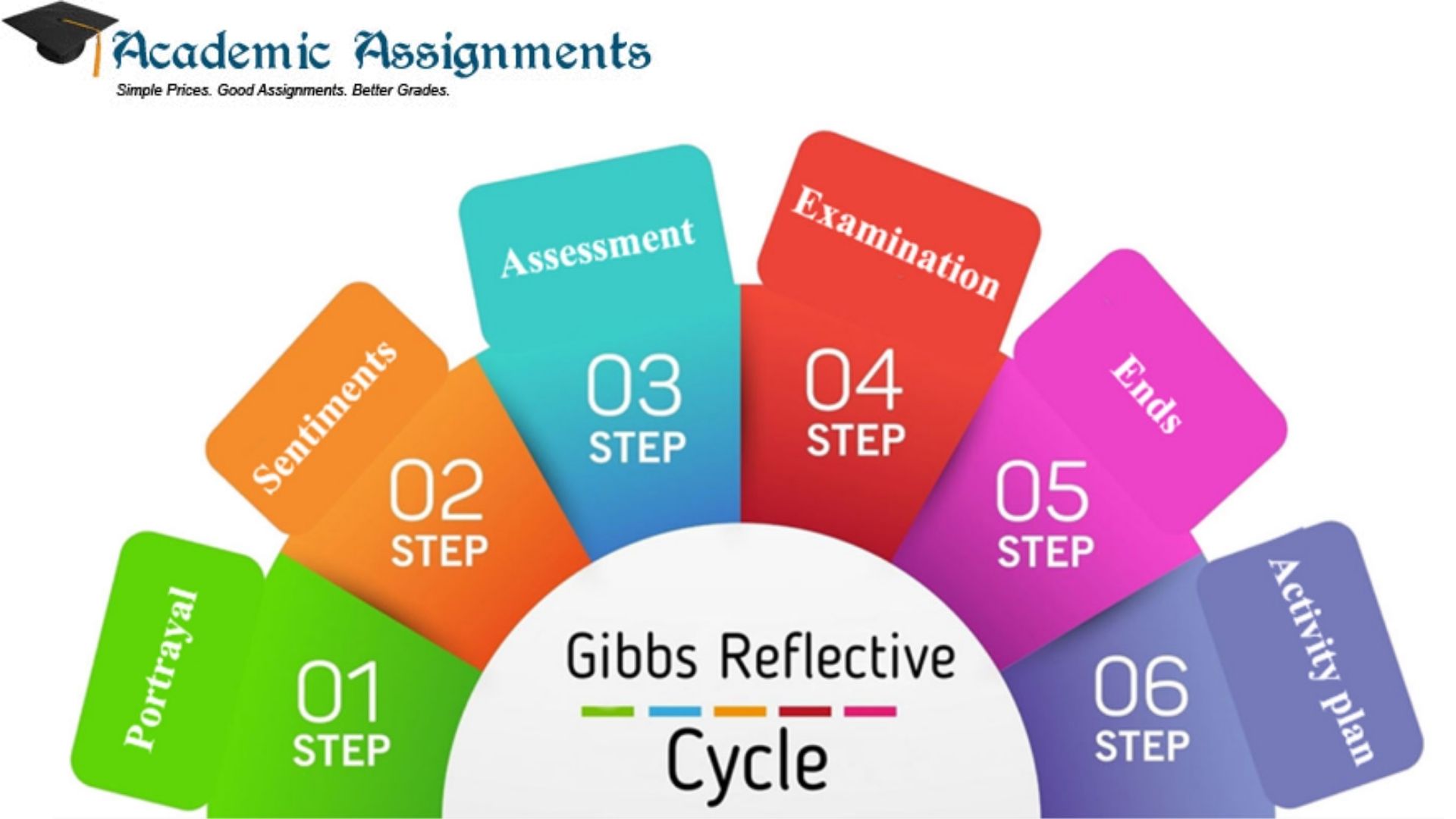Gibbs Reflective Cycle
Introduction to Gibbs Reflective Cycle
Graham Gibbs made Gibbs’ Reflective Cycle in 1988 to give development to acquiring from experiences. It covers 6 stages:
- The portrayal of the experience
- Sentiments and contemplations about the experience
- Appraisal of the experience, both extraordinary and terrible
- Examination to sort out the situation
- The choice about what you understood and what you could have done differently
- Action plan for how you would oversee near conditions later on or general changes you could consider to be appropriate
How about we make sense of everyone exhaustively
Portrayal-Here you get a fantastic chance to depict what is happening thoroughly. The focal issues with integrating here concern what happened. Your sentiments and finishes will come later. Steady requests:
- What was the arrangement?
- When and where did it happen?
- Who was accessible?
Sentiments: You can research any sentiments or contemplations you had during the experience and how they could have affected the experience. Obliging requests:
- What were you feeling during going on?
- What did you feel when the situation?
- What do you guess others were feeling about the situation?
Evaluation Here, you can survey what worked and what didn’t work in the situation. Endeavour to be just about as objective and veritable as could truly be anticipated. To exploit your appearance based on both the positive and the negative pieces of the situation, whether or not it was in a general sense by the same token. Steady requests:
- For what reason was the experience perfect and horrendous?
- What worked out positively?
- What went ineffectively?
Examination-The examination step is where you get a potential chance to figure out what happened. You have focused on nuances around what happened in the situation as of quite recently. By and by, you get a chance to eliminate significance from it. You want to zero in on the different viewpoints that worked out emphatically or insufficiently and can’t help thinking about why. If you are expecting to consolidate assignment writing, this is the typical spot to integrate it. Strong requests:
- Why did the work out positively?
- Why didn’t it work out emphatically?
- What sense could I have the option to think about the situation?
Closes In this section, you can come to conclusions about what happened. Here you summarize your learning and element what changes to your exercises could work on the outcome from this point forward. It ought to be a trademark response to the past fragments. Obliging requests:
- What did I acquire from the current situation?
- How could it be that this might have been a more certain situation for every closely involved individual?
Movement plan-At this movement, you plan for what you would do some other way in an equivalent or related situation later on. It can similarly be precious to mull over how you will take act unexpectedly – with the ultimate objective that you don’t know simply game plan what you will do differently, yet what’s more, how you will guarantee it happens. Now and again, the affirmation is adequate, yet unique time updates might be helpful. Obliging requests:
- I expected to reiterate the same thing, what could I do another way?
- How should I cultivate the normal capacities I need?
End
It offers a framework for taking a gander at experiences. Given its cyclic nature, it credits itself to reiterating experiences, allowing you to acquire and design from things that either worked out positively or went inadequately. Contingent upon the setting you are doing the appearance in, you could need to utilize various degrees of subtleties.

 Blogs
Blogs +44 207 5588165
+44 207 5588165

